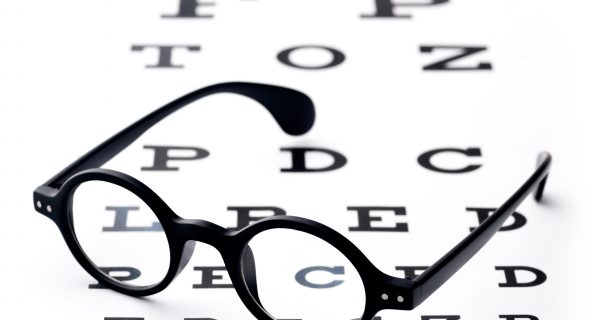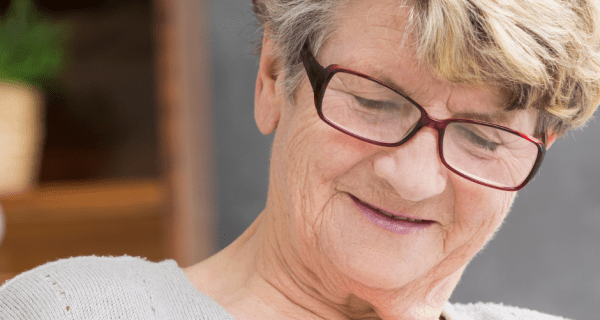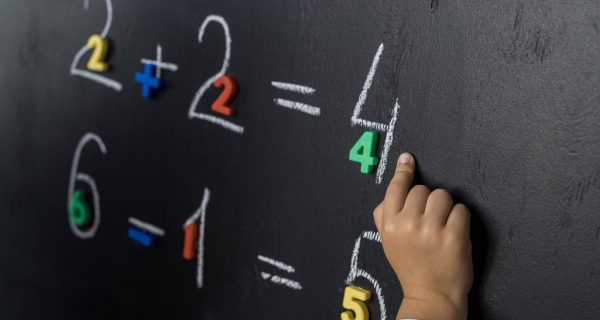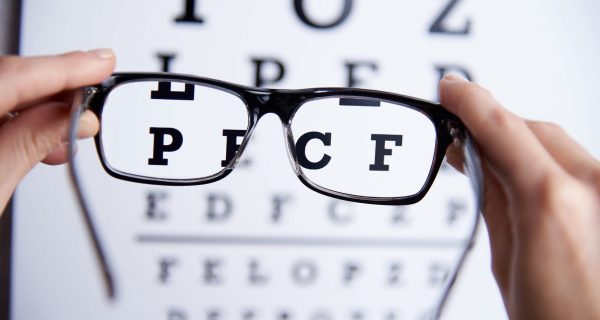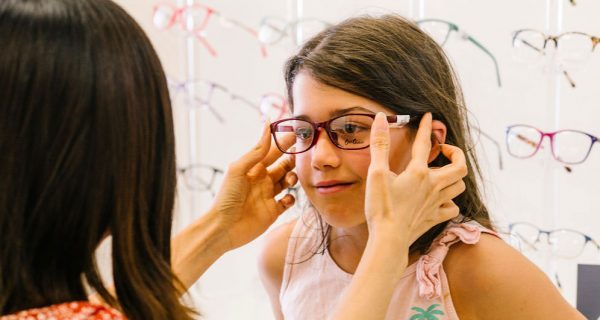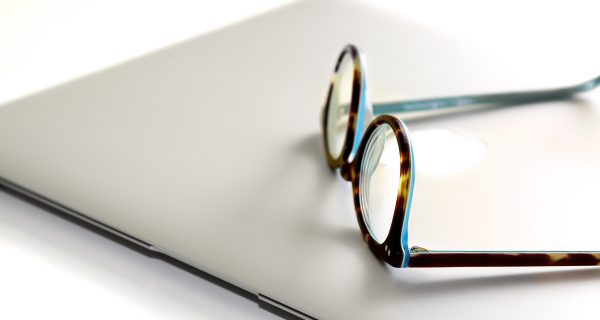What is Orthokeratology? Orthokeratology (otherwise known as Ortho-K) is the non-surgical process that reshapes the cornea (the clear, protective outer layer of your eye) through wearing rigid contact lenses while you sleep. The aim of Ortho-K is to reshape the cornea so that you are able to see clearly without the aid of contact lenses […]
Read MoreOur team speaks a number of languages including

 (03) 9596 1238
(03) 9596 1238




